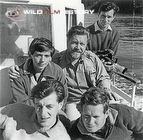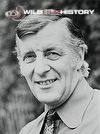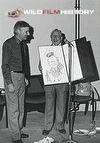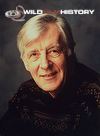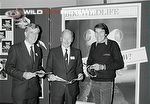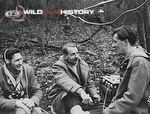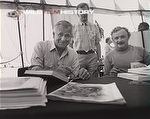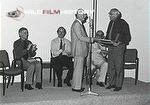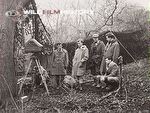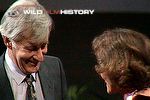Christopher Parsons

Born the son of a country parson, Christopher Parsons' passion for the natural world developed whilst growing up in a Devonshire valley. After studying for a science degree, Chris was enlisted to the RAF where he continued to nurture another of his interests, working with the film unit and running the theatre.
In 1955 Chris started as an apprentice at the BBC, working on Peter Scott's Look series, and in 1963 went on to produce the BBC Natural History Unit's first colour film, The Major. Throughout the 1960s Chris produced many programmes, including two series with Gerald Durrell: Two in the Bush and Catch me a Colobus. Instrumental in bringing the groundbreaking series Life on Earth to UK television and establishing David Attenborough as the face of natural history, Chris has been described by David as a 'national treasure'.
Chris moved away from production in 1979 to head the Natural History Unit in Bristol, and later co-founded the Wildscreen Festival and subsequently the Wildscreen Trust. In 1988 Chris retired from the BBC, and went on to produce a number of Imax films, before concentrating on developing another of his visionary ideas, the 'Electronic Zoo', which became the award-winning visitor attraction Wildwalk At-Bristol. His final and most ambitious project for Wildscreen was the development of ARKive, the centralised library of films and photographs of the world's threatened species.
Chris received many awards for his work in broadcasting and conservation, including: an OBE in 1982 for outstanding services to broadcasting; the Cyril Bennett Award for long-standing programme excellence from the Royal Television Society in 1982; Wildscreen's Outstanding Achievement Award in 1990; the WWF International Award for Conservation Merit in 2000; and honorary membership of the Linnean Society of London, for his services to natural history.
Chris Parsons died on the 8th November 2002.


